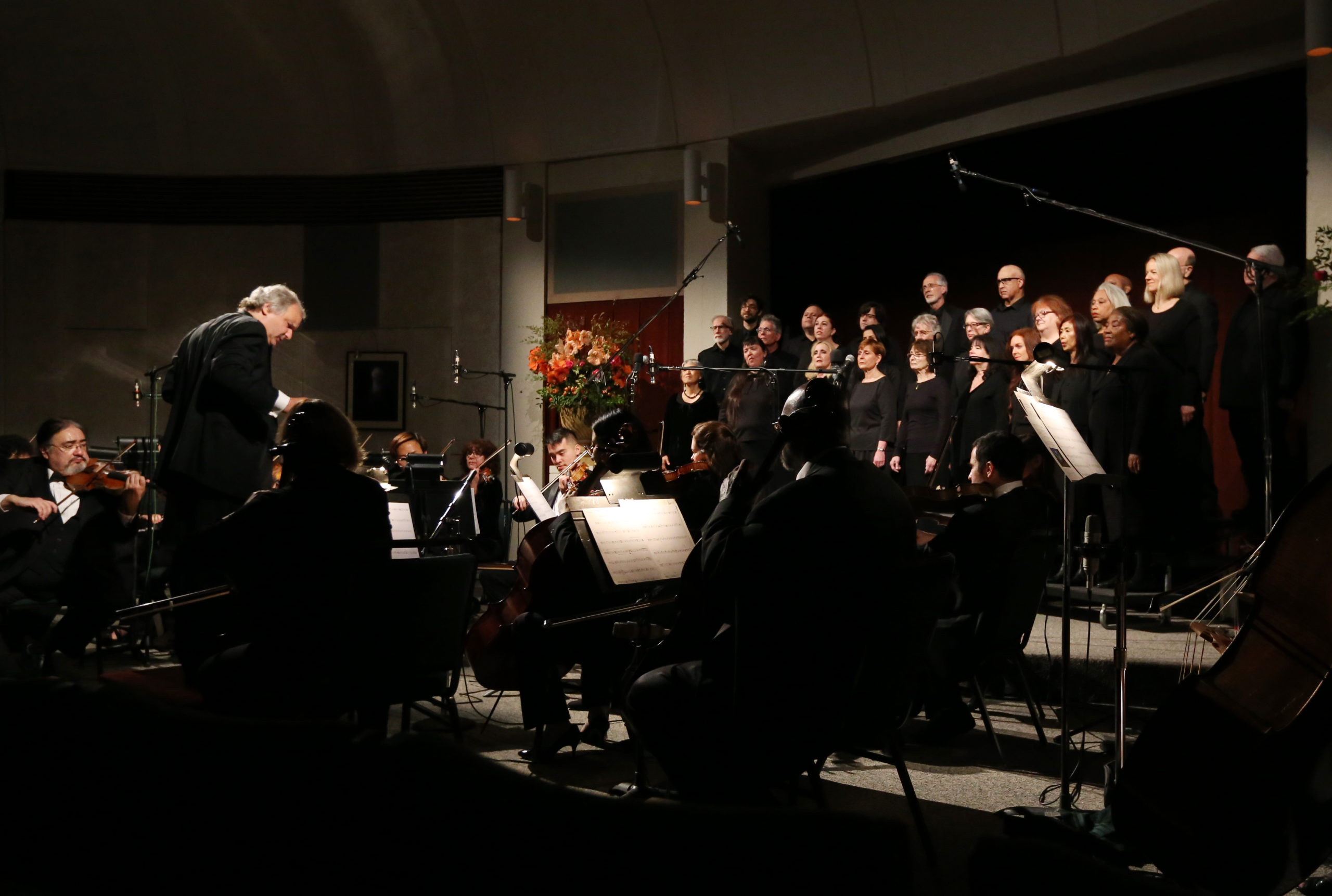

#Music through the ages professional
There hardly was a need for professional musicians - at least Bishop LAVAL seems to have been concerned less with training in church music than in the decorative arts - but some priests applied their talent or European training to take charge of the musical aspect of divine service (acting as grand chantre) or to play the organ. Viols, violins, guitars, transverse flutes, drums, fifes and trumpets are among the instruments named in early accounts, but it would be wrong to conclude that all were cultivated continuously in New France.īy 1661 the Jesuit chapel at Québec City had an organ, and the parish church received one in 1663 60 years later a craftsman, Paul-Raymond Jourdain, was engaged to do extensive repair and construction work. In the following century the missionaries regularly translated religious texts into verses in native tongues, since singing proved a useful handmaid in their efforts to convert the Indians to Catholicism.Īs early as the 1630s French and Indian children at Québec City were taught to sing and play European instruments. They begin with Jacques CARTIER's mention of the singing of the mass at Brest (Bonne Espérance Harbour) on 14 June 1534 and of the playing of the "trumpets and other musical instruments" at HOCHELAGA a year later. Most consist of incidental references in the diaries and travel accounts of explorers and the reports of missionaries to their superiors in Europe. Written contemporary records of music in NEW FRANCE are few. From the "history of music in Canada," nourished from the outside, we are moving to a "Canadian music history," growing from within through the individuality of our musicians, the quality of our institutions and the strength of our COMMUNICATIONS systems. Such institutions as the competition festival, the "local centre" examination supervised by a conservatory or examination board, the touring company, the annual conference of specific branches of the profession and the network broadcasting system - all these are typically and congenially Canadian ways of sharing artistic experiences and exchanging ideas. Song texts were adapted to local conditions and new ones invented dance tunes were exchanged by French and Irish Canadians amateurs and professionals outdid each other in writing patriotic music in the 1850-1920 era and North American social dances came to be preferred to European genres. Imperceptibly, however, the Canadian environment began to assert its influence, first of all in the popular sphere. In turn, adventurous young musicians sought their models from among foreign composers: until the middle of the 20th century the influence from outside has nearly always outweighed the influence from one Canadian generation to another. The system of patronage and the professional resources for grand opera, symphony orchestras and other sophisticated manifestations of music were wanting European-trained Canadian and immigrant musicians, settling down to their careers, were cut off from new developments in composition and therefore stagnated. The attempt to transplant Old World patterns in a sparsely populated country with widely separated settlements could never be quite successful, however. Music in Canada has paralleled the basic European style periods from the baroque to the classical, romantic and contemporary.

The import of printed music, of teachers and of touring star performers, followed later by recorded and broadcasted music, has shaped taste and has by its weight stifled or at least retarded original expression. The original settlers transplanted their songs, dances and religious chants, and successive waves of immigrants reinforced old-world traditions. Since colonization began in the 17th century, the mainstream of musical development has been little affected by native music. Cringan appeared only in the late 19th century, and another 50 years passed before composers integrated elements of native music into some of their works. Skilled investigators such as Franz BOAS, Ernest GAGNON and Alexander T. Their music, however, enters recorded history only with early 17th-century European observers such as Marc LESCARBOT, Father Paul LE JEUNE and Father Gabriel Sagard, who were as fascinated by the exotic sounds and sights of native music-making as they were ill equipped to describe and analyse it. Music has had a home in North America for the thousands of years that Indians and Inuit have lived on this continent.


 0 kommentar(er)
0 kommentar(er)
